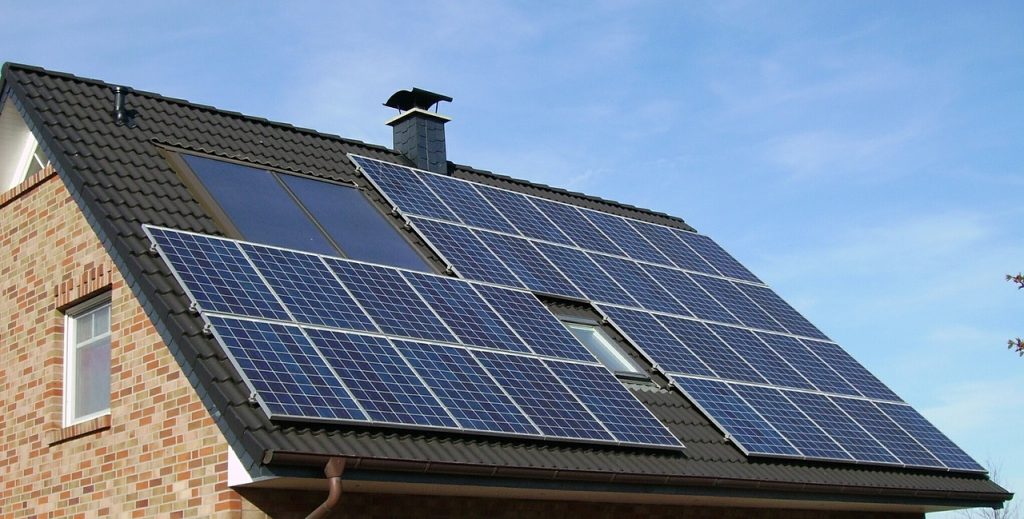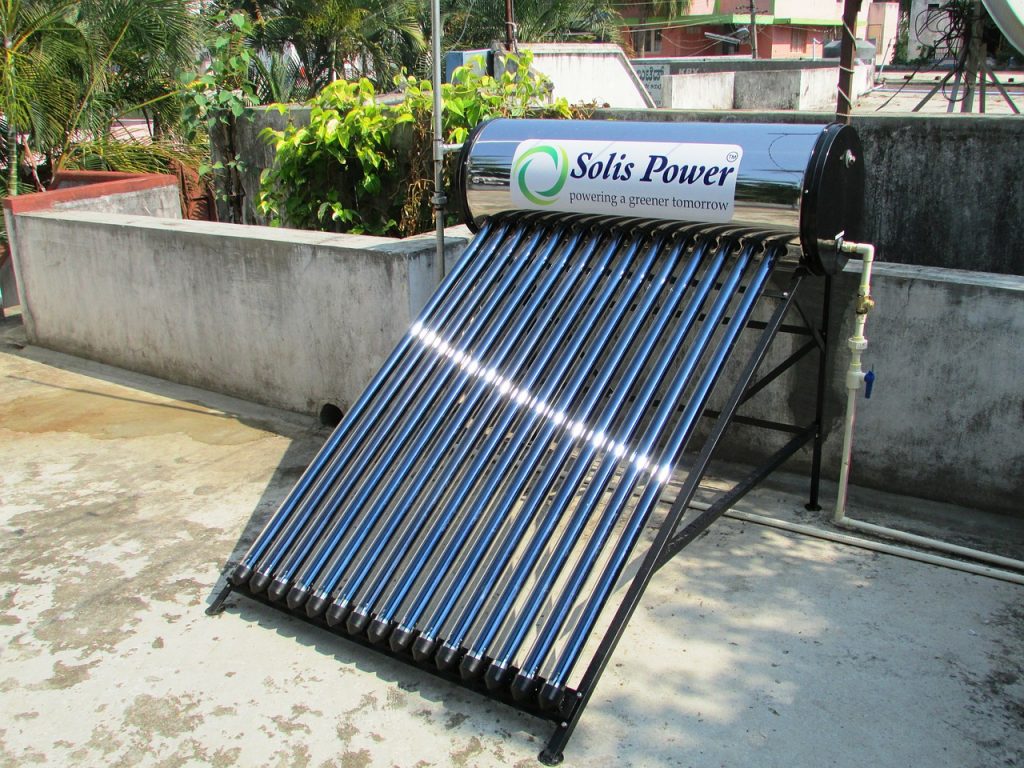When it comes to housing, if there’s one trend that isn’t going anywhere it’s the demand for energy efficient homes. Well, it’s a win-win situation because there are umpteen benefits of living in an energy efficient home.
Considering the amount of time we spend at home, the environment indoors needs to be healthy. Eco-friendly homes have an air flow is controlled through mechanical ventilation. Ensuring that you only breathe fresh air. By maintaining adequate levels of moisture, temperature, and air flow, energy-efficient homes make living spaces more comfortable. .
Apart from this, they help to considerably reduce energy bills and save you money. They’re also good for the environment because they reduce greenhouse gas emissions.
For all of these reasons, energy-efficient homes are more desired and have better resale value.
Planning to move to an eco-friendlier space? Here are the seven best features of energy efficient homes:
Proper Insulation
Living in a well-insulated home is comfortable, easy on the pocket, and good for the environment. How, you ask? There is a constant flow of heat from warmer to cooler spaces, which means that during summer months, the heat will flow into your home, making temperatures rise, and during the winter months, the reverse will happen. This makes it important to have a properly insulated home so that the weather conditions don’t affect the temperature levels indoors.
Insulation is measured by R-value. A higher R-value denotes better resistance to heat. There are different options for insulation available, such as spray foam, foil-faced reflective paper, polyethylene bubbles, or straw core panels. Make sure you choose one that’s appropriate for the age, structure, and location of your home.
Low-E Windows
Did you know that a typical house loses 10 percent of its heat through windows? Heat is lost through air leakage, radiation, and convection, mostly through the glass.
The solution to this is low-e, or low-emission, glass windows. These windows minimize the entry of light and reflect heat, unlike clear glass, which absorbs heat energy. They’re basically raw glass, coated with a thin film.
Low-e windows are considered energy efficient because they maintain the indoor temperatures. Thereby reducing heating and cooling costs.
Cool Roofs
Settling for poorly designed and inappropriate roofing can leave you with a warm house on a hot day, and that can get rather uncomfortable.
Enter cool, energy efficient roofs designed to save you from excessively high temperatures outdoors. They are sure to keep your home cool and comfortable. Energy efficient roofs have the ability to absorb less heat and reflect more sunlight. Be it a reflective sheet or reflective tiles,
Energy efficient roofs are considered to be a sustainable option for an energy efficient home. This is because they reduce utility bills, keep homes cool, and also have a longer lifespan than standard roofing materials.
Energy Efficient Homes Have Solar Panels
Solar panels have been around for a while but only recently have people started considering them for home use. Energy efficient solar panels are generally installed on the rooftop. Converting sunlight into electricity.
They contribute to reducing electricity bills and also cut your carbon footprint, proving to be an extremely eco-friendly option.
While they work best during summer months, they are also able to produce a considerable amount of electricity during winter. The best part about solar panels is that they’re easy to install and maintain.
Air Sealing For Energy Efficiency
Air leakage is a common problem households face. Leaks occur through cracks and gaps around windows and doors. This means the air quality indoors can become compromised. During cold days, too much air might enter, while the opposite might be observed during summer months. In addition to this, air leaks can also invite excessive moisture into the house, which can cause discomfort and affect wooden furniture.
The only way to prevent air leaks is by taking air sealing measures. This involves weather-stripping doors and windows with tension seal, rubber tape, or felt, among other options; using spray foams on window gaps and other openings; sealing air leaks around chimneys and furnaces; and properly sealing ductwork.
Energy-Efficient Lighting
What if you could enjoy the same amount of lighting at a lower cost? It’s possible with the help of energy-efficient lighting options.
The traditional incandescent light bulbs use a lot of energy to produce light. On the other hand, eco-friendly options are much more efficient, as they require less energy and save you from massive electricity bills.
The two most energy-efficient options available are compact fluorescent lights (CFL) and light-emitting diode (LED). They come in a wide range of colors and sizes to suit your requirements.
High-Efficiency Water Heater
If you reside in Connecticut, you’re sure to have high electricity bills. Much of that can be attributed to your water heater. Being the second highest source of energy usage in a home, it’s best to shift to a more sustainable option, such as a high-efficiency water heater. They require less energy to heat the same amount of water.
High-efficiency water heater options include tank water heaters, tankless water heaters, hybrid water heaters, solar thermal water heaters, and heat pump water heaters. Even though they are more expensive, they’re a safer and more efficient option.
So don’t think twice before opting for energy-efficient homes, because they are a wise investment to make. With health, financial, and environmental benefits, you’re sure to be more comfortable and healthy staying in an energy-efficient space.
Infographic Provided By Solar Panel Installation Company, Sunburst Solar
Wondering where to begin? Here, in the Northeast, you can contact an interior designer who is knowledgeable about sustainability in the home. Out west, New Tradition Homes, can help you go green. They’ve celebrated 30 years of building homes and take pride in being the Northwest’s leader in green building. You’ll be pleased to know that all of the homes are designed and built to exceed local energy codes. These are certified by ENERGY STAR® and Built Green Washington. This will save you money on your utility bills.
This post is a collaboration and may contain relevant and relatable links that are either informational or helpful resources. All opinions are our own and for informational purposes only.



